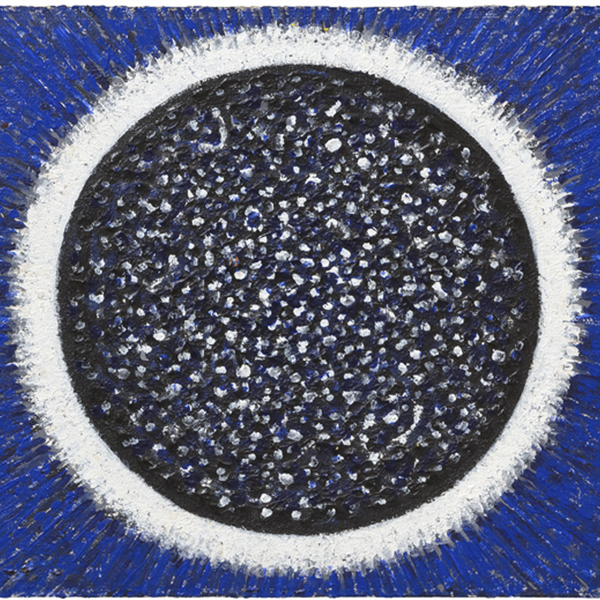FERNAND LEGER (1881-1955)
 Fernand Léger was among the most prominent artists in Paris in the first half of the 20th century. He embraced the Cubist principle of dissecting objects into geometric shapes, yet continued depicting the illusion of three-dimensionality. He gradually evolved his brand of Cubism into a figurative, populist style that was sometimes regarded as a forerunner of Pop art because of its bold and simplified use of modern subject matter. He was deeply influenced by modern industrial technology and became known for his “machine art,” a style characterized by mechanistic forms rendered in bold colors. His focus on cylindrical form and use of robot-like human figures, which expressed harmony between humans and machines, distinguished his style. In the mid-1920s, he was associated with the French formalist movement called Purism, which sought to strip Cubism of its decorative aspects. Léger adopted flatter colors and bold, black outlines in his work. From then on, his art was essentially figurative. He also experimented in other media, directing a nonnarrative film and designing sets for ballets and motion pictures.
Fernand Léger was among the most prominent artists in Paris in the first half of the 20th century. He embraced the Cubist principle of dissecting objects into geometric shapes, yet continued depicting the illusion of three-dimensionality. He gradually evolved his brand of Cubism into a figurative, populist style that was sometimes regarded as a forerunner of Pop art because of its bold and simplified use of modern subject matter. He was deeply influenced by modern industrial technology and became known for his “machine art,” a style characterized by mechanistic forms rendered in bold colors. His focus on cylindrical form and use of robot-like human figures, which expressed harmony between humans and machines, distinguished his style. In the mid-1920s, he was associated with the French formalist movement called Purism, which sought to strip Cubism of its decorative aspects. Léger adopted flatter colors and bold, black outlines in his work. From then on, his art was essentially figurative. He also experimented in other media, directing a nonnarrative film and designing sets for ballets and motion pictures.


